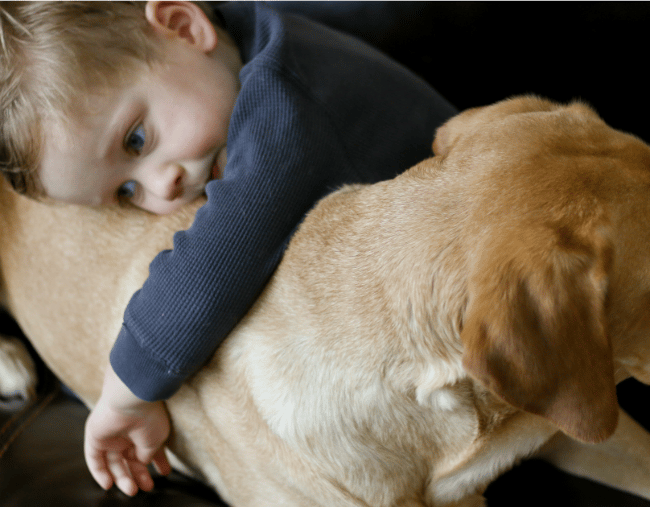
Three small children, aged six, four and two, are playing in the kitchen on a Saturday night when all of a sudden, smoke starts to fill the room.
They probably don’t start to worry until they notice the flames, and how quickly they’re spreading.
They’re scared, and they might be in trouble, and all they want is to get away. The fire doesn’t seem like something they will be able to stop, and in that moment, they just want to be somewhere where they can’t see it anymore.
So in a panic, they run to their mother’s room. They hide under a blanket, terrified, hoping that because they can’t see the fire, it can’t see them. Maybe if they just ignore it, it will go away.
The six-year-old, who has heard grown ups talk about what to do if there’s a fire, decides to run. He gets out of the apartment, and on the way down, tells a man that his brother and sister are still inside.
But they’ll never get out.
They’ll stay hidden, under a blanket, until it’s too late.
This story, as sickening as it is to anyone who is a parent or has had the responsibility of caring for young children, happened last weekend. The Chicago Tribune reports that the children were playing with the stove when the fire started, and the mother says she was out of the apartment, doing laundry.
Firefighter Kieran Shield talks about all the products in your home that can cause a fire. Post continues after audio.
While police have charged the 33-year-old mother with two counts of neglect of a dependent resulting in death, the story points to a phenomenon we can’t ignore: children often hide when there is a fire.




























































































